Indian sports climber Lokesh Rajan finding ways to compete despite little help
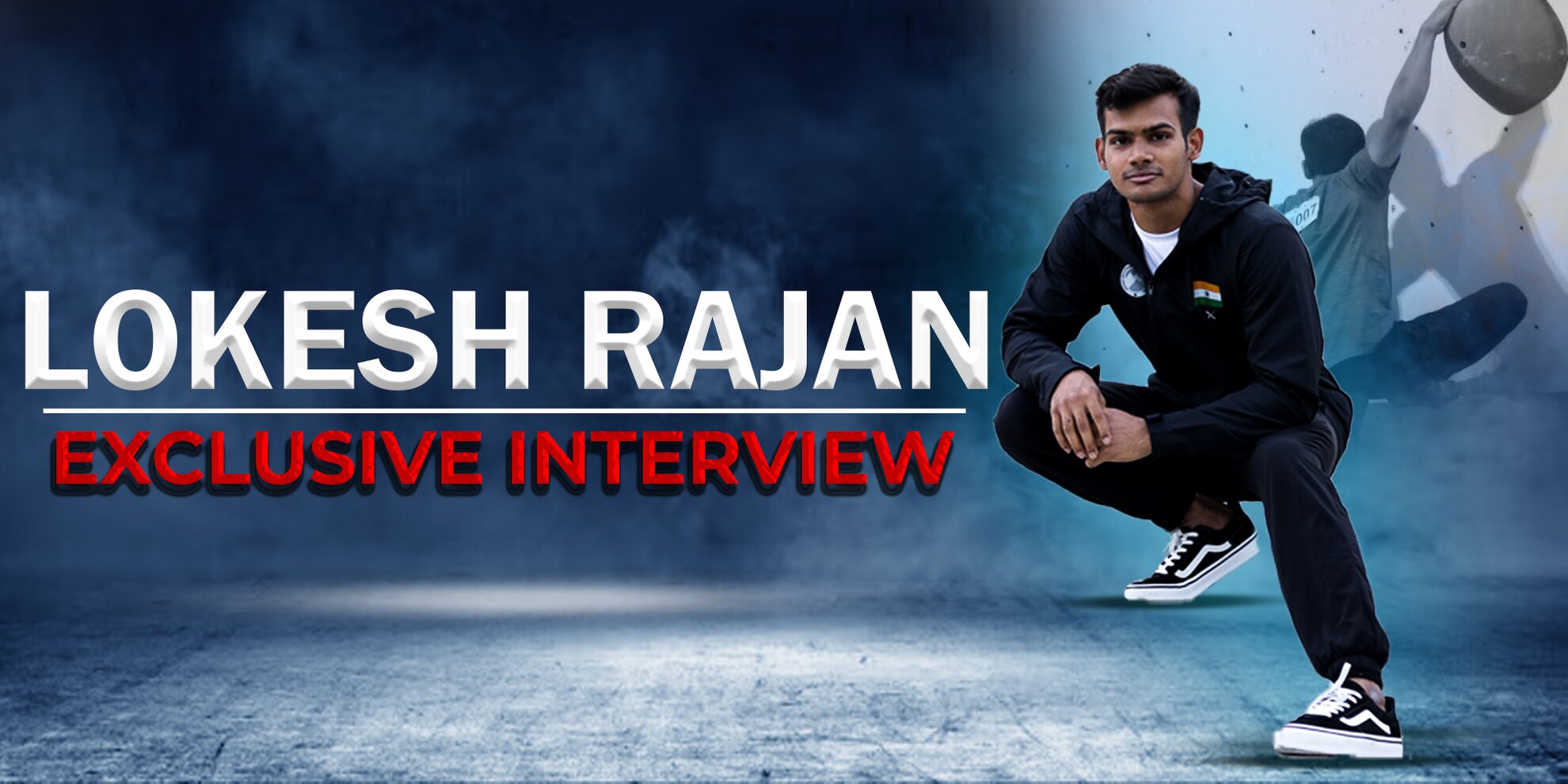
His vision is an Olympics medal, but the big gap in resources and competition remains a worry.
Sports Climbing in India has slowly started to catch up pace in terms of development, participation, and reach among the general audience. It was first included as a medal sport in the 2018 Youth Olympic Games in Buenos Aires and subsequently was officially confirmed as an additional sport for the Tokyo Olympic Games.
Khel Now got an opportunity to interact with Lokesh Rajan, the president of the IMF (Indian Mountaineering Foundation) athlete commission. Lokesh is a pro climber in bouldering and has been associated with the sport for more than a decade. He has won several accolades at the junior and senior levels, and going forward aims to win a medal for India at the Olympics.
In this exclusive interview, he takes us through - how the sport has evolved in India and his personal experience.
Introduction to Sports Climbing
Lokesh said, “My mother wanted me to be industrious and give equal importance to sports and academics. When we shifted to Bangalore my mother saw a climbing wall and subsequently introduced me to the sport. Soon, I started to develop an interest and took part in the sub-junior nationals. Sports Climbing became a part of my life and is now part of my identity as well.
“After a point of time, my family did not want me to continue but climbing had become more important to me and I took up the sport professionally. The decision to go pro was taken after training for about six to seven years. I won the first national title in 2014 (juniors) and another in 2015; then I moved into the senior category. I have been at the podium several times in the past but I’m yet to win a gold medal in seniors,” he added.
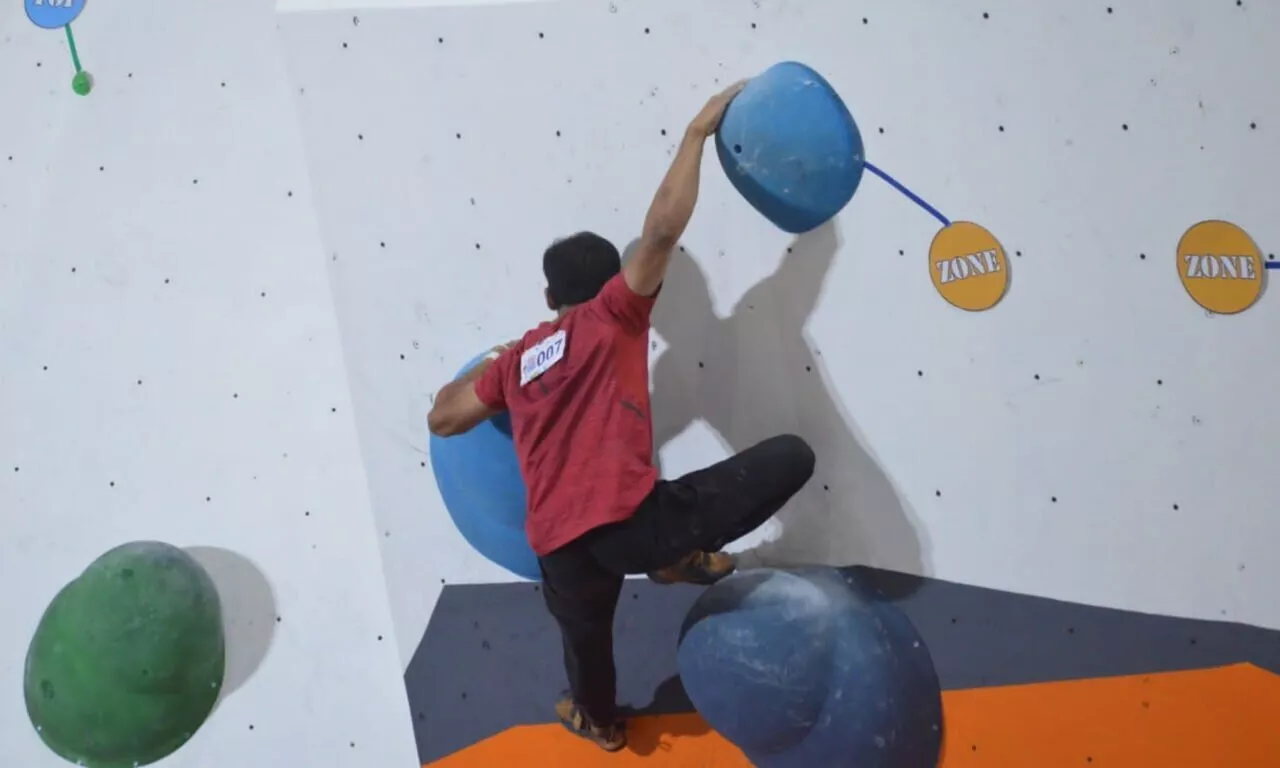
Development of Sports Climbing in India and Grassroots Development
Climbing as a sport has seen positive trends in the past few years. In terms of participation, Lokesh added, The number of participants has increased tremendously. "When I was younger I did not see many people participating and the range would be around 100-125 in each zone. But now we are able to see more than 200 participants from each zone and in a few years, the number will be even bigger.
“In terms of infrastructure, there are improvements with many walls and infrastructure built. The climbing facility at State Youth Centre, which was a single wall a decade ago, was turned into an infrastructure that could host an Asian Youth Championship event. Many private companies invested in commercial gym setups that have elevated the climbing scene by bringing better accessibility, quality of resources and even training.
"The emergence of social media has helped the sport grow and help reach larger audiences. Previously it was very difficult to explain to people about the sport but it has become a lot easier now with more exposure”.
“Let us take the example of South Zone (Bangalore) where I have trained for the most part. The sport developed in Bangalore earlier. Our ecosystem enabled a foundation of climbers with better resources and eventually more elite athletes. From time to time, the state govt. gives small funds if an athlete wins medals at the national event and in some cases students get scholarships. So there is an ecosystem present in Bangalore which is still niche in other places like Chennai or Hyderabad.”
Several other states have started to make their mark in Sports climbing. “It is not that there is no participation from other states. For example, three to four junior climbers from Tamil Nadu were part of the South Zone team for nationals last year,” he added.
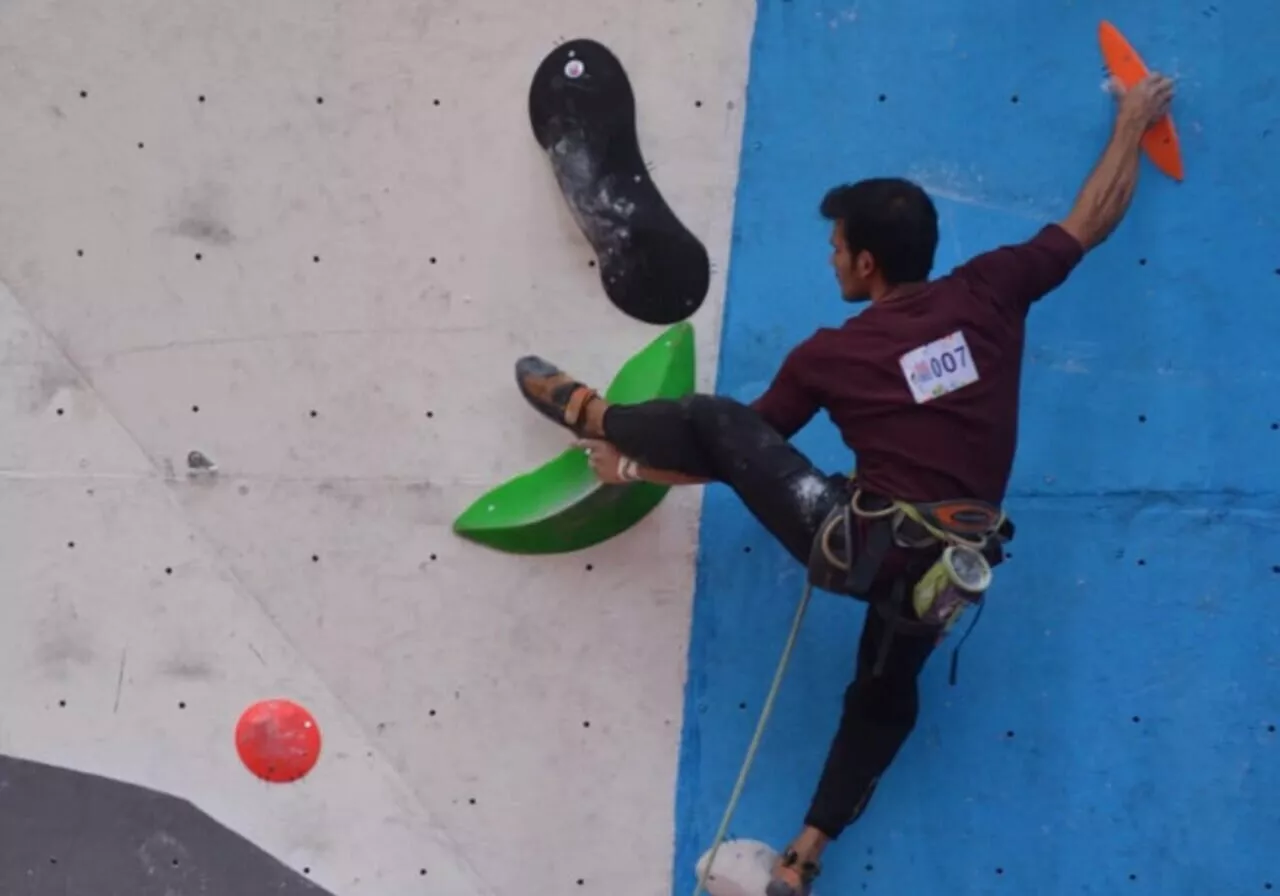
“In terms of grassroots development, there are probably about eight schools that have active climbing walls (according to my knowledge) in Bangalore. Maybe even more that have walls but not sure if they are still active which ultimately depends on the management. The kids have started to get exposed to the sport and overall there is a good change.
The athlete iterated, “I’ve heard that there are efforts being made to include Sport Climbing in Khelo India University Games. The sport was initially not part of the Khelo India scheme but now efforts are being made to include the sport which will ultimately benefit the athletes and help climbing reach the masses."
Coaching setup
“There are good coaches in India but there are no metrics to classify them in terms of certification as of now. The only metric as such followed is how experienced they are as a coach and the number of players they have developed.
“In the past, climbers would often use trial-and-error methods to progress. Now, we have better resources available, a systemic approach and have been exposed to the training of better-performing countries. However, there is a lot more we do not know. For example, Japan has been performing well in the sport and they seem to have a systemic way to train their climbers which resonates with their genetics and demographics. In India, we are yet to determine what our climbers require and what kind of training we need to focus on more.
Other sports in India such as cricket have a good number of research papers but there are hardly any for Sports Climbing. Lokesh quipped, “A lot of International countries have sports teams that have researchers who develop solutions or make training more efficient. On the contrary, we are yet to establish research in India for sport climbing. Since the sport is relatively new, we may require more time to set up a strong foundation and catch up to other well-performing countries.”
Experience of training in Japan
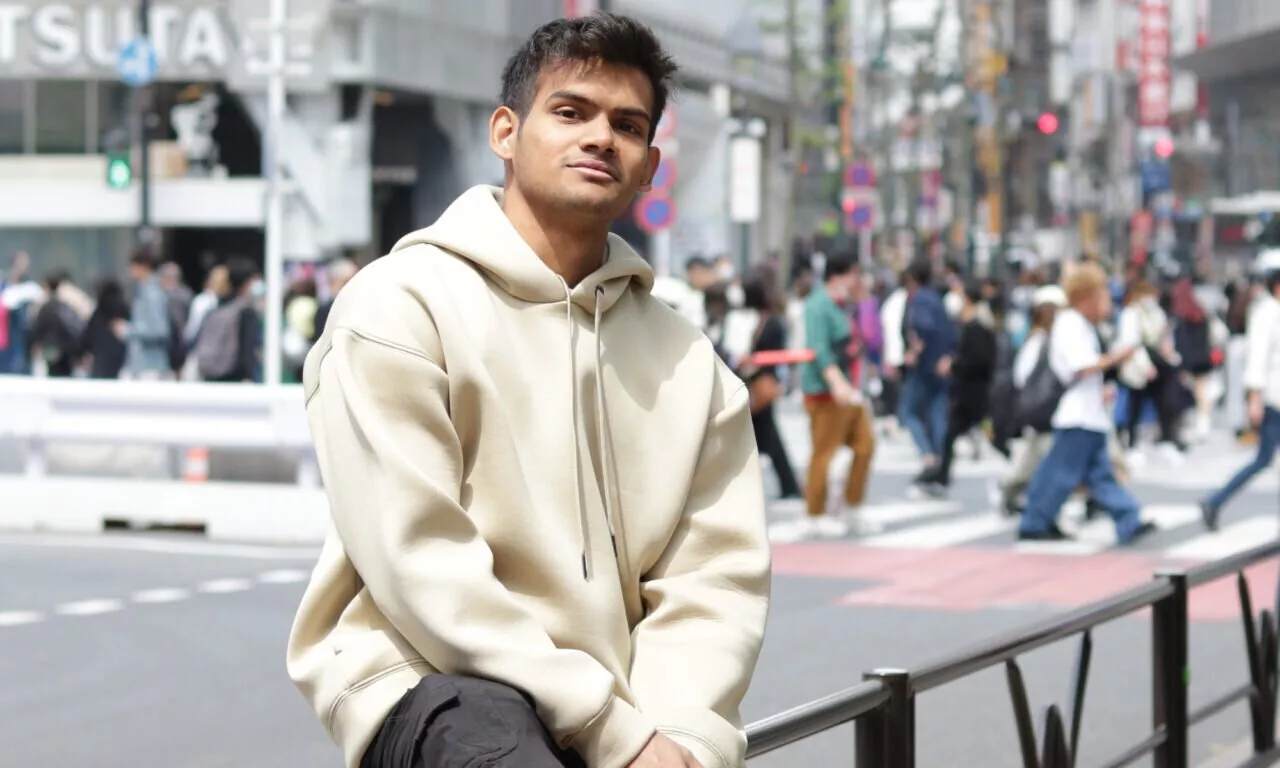
“An average climber in Japan is climbing at a very high level (in terms of climbing grade). People who climb only on weekends are also really good. It feels as if five hours of training in India could equate to one hour of casual training in Japan (random equation). The route setters there are extremely good and they travel to many countries to get the exposure required for setting different styles.
“Even an easier route here in Japan is so complex, I find myself having to think differently and I feel like a beginner all over again. This makes me think of how much growth we can still make. In our country in terms of only route setting, we still have a long way to go and this is only one of many components in this multifaceted problem that needs focus (example infra, climbing holds, coaching).”
Role as an IMF athlete representative
“As per my knowledge, the role of an athlete representative is to act as a medium between the governing body and the athletes. I represent the opinions and viewpoints of the competitive sports (pro climbers) climbers to the IMF. Athlete reps are also expected to help in the promotion and development of the sport.
“There are several other athlete representatives (12 overall from all the zones) and I am the president of this commission. There is no official transcript and structure as to what the athlete representative needs to do. So when I was first appointed as an athlete rep I did not have any clarity initially. After some time I took up the initiative and started speaking with the officials and IMF now has started including me in decisions.”
About the IMF
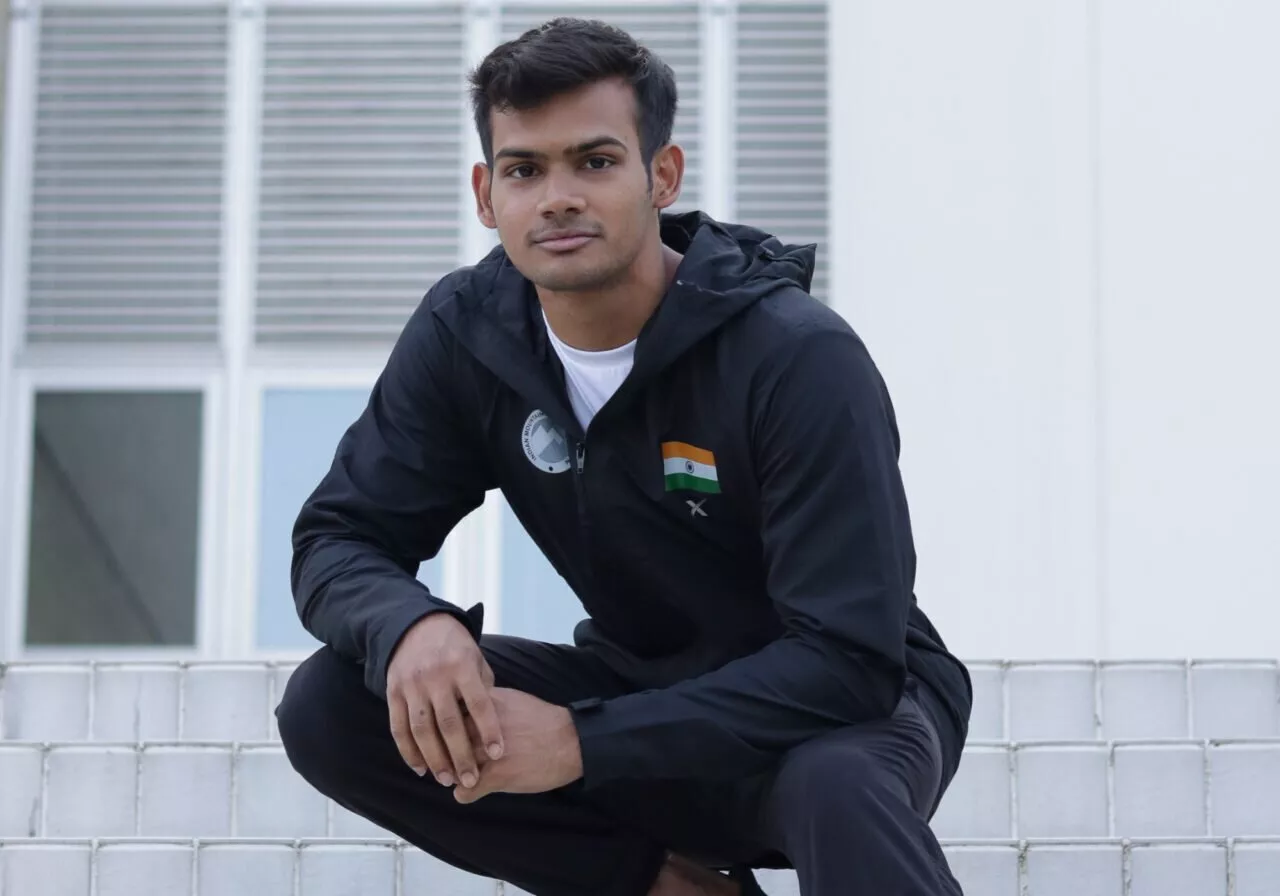
“IMF is a foundation (mountaineering foundation). And sports climbing was included under IMF long back. Usually, a federation is given the responsibility, but in India, there was no federation and the IMF took the initiative to add sports climbing. IMF has kept the ball rolling, it would have taken much longer for the sport to grow if IMF had not taken up the responsibility initially.
“From what I've heard, all the funds that the IMF gets go into mountaineering and very little if at all, is given to sports climbing. In IMF there is a section called NSCC (National Sports Climbing Committee) that actually takes care of sports climbing and they are the ones who go around gathering funds and sponsors for conducting events. The NSCC team is small (10-15 people max) and I am a part of the team as well.”
Future plans
“My vision is an Olympic gold but after my recent World Cup, I've lost clarity in my process to bridge the gap. For this year, I am going to make use of my hard-earned funds for travelling across countries and training there. Right now, I don't have an answer as to how I can compete with the top world athletes, but I'll find a way because I want the most refined experience in competitions which for me is only served on the World Stage.”
Where passion meets insight — blending breaking news, in-depth strategic analysis, viral moments, and jaw-dropping plays into powerful sports content designed to entertain, inform, and keep you connected to your favorite teams and athletes. Expect daily updates, expert commentary and coverage that never leaves a fan behind.